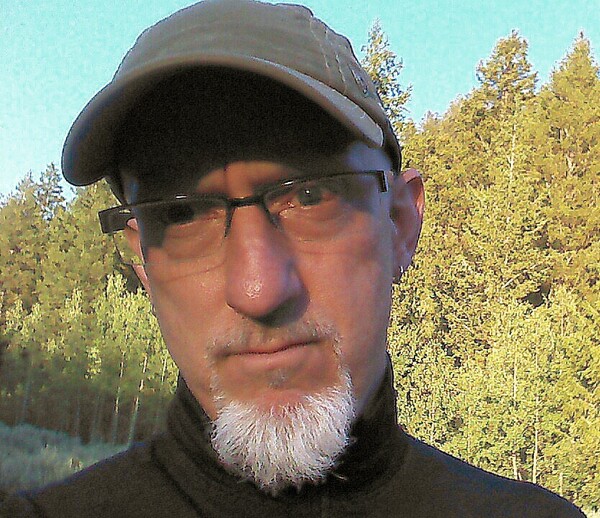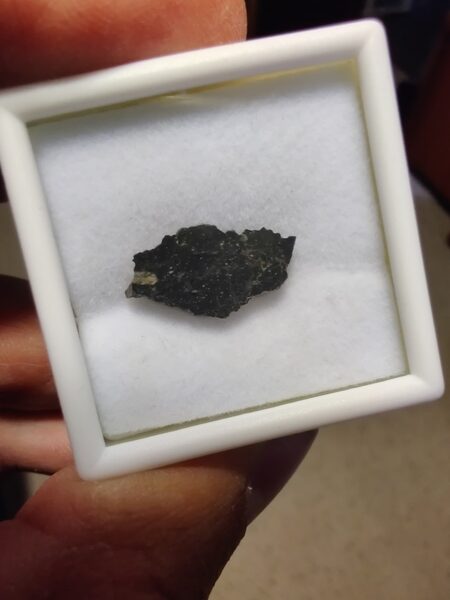
NAME: |
Christopher Cokinos |
|---|---|
NATIONALITY: |
USA |
BASED IN: |
Salt Lake city, Utah, USA |
WEBSITE: |
ABOUT ARTIST:
I have traveled by open boat 600 miles north of the Arctic Circle in search of the sites of three giant iron meteorites and once spent weeks living in a tent on the Antarctic plateau to document the work of scientists in that icy place. I’ve suited up as an analogue astronaut during a stint at the Mars Desert Research Station and allowed myself to be stationed in habitats at Biosphere 2 in order to write poetry. I’ve tracked down the identity and history of the young Ohio farm boy who inadvertently killed the last known wild Passenger Pigeon and I have worked in archives and libraries around the world. All of this was in pursuit of stories, and stories form the backbone of my two research-driven nonfiction books, The Fallen Sky: An Intimate History of Shooting Stars (Tarcher/Penguin 2009), and Hope Is the Thing with Feathers: A Personal Chronicle of Vanished Birds (Tarcher/Penguin 2000), both of which were published to wide acclaim. Story could also be said to be at the heart of my three collections of poetry and lyric essays: Held as Earth; Bodies, of the Holocene; and The Underneath. As an anthologist, I’ve sought to bring the voices of others to new audiences, co-editing The Sonoran Desert: A Literary Field Guide, and, most recently, Beyond Earth’s Edge: The Poetry of Spaceflight, which has been featured or reviewed in such venues as “Planetary Radio,” Scientific American and “The Open Mind” on PBS. Articles, poems and essays about space and astronomy are recent or forthcoming in Sky & Telescope, The Space Review, SkyNews and the Los Angeles Times, to which I contribute op-eds. At the University of Arizona, I am a Professor of English who teaches creative writing, the history of science fiction, and science communication. Former students have gone on to publish books with Little, Brown; William Morrow; Orbit; Broadway; Georgia and other presses. Through the Carson Scholars Program I have helped mentor nearly 100 young scientists to speak and write with accuracy and passion, work that has been recognized by a Graduate and Professional Student Council Mentor of the Year Award. When not at the keyboard, these days I can often be found “hiking” the surface of the Moon through the eyepiece of my 10-inch telescope for an ongoing book project about the hunk of rock that circles this place we call home.
SUBMISSION:
“A Brief History of the Moon” is a 28-line poem (one line for each day of a lunation) that braids our personal connections to the Moon –wherever and whoever we are – through anthropological and decolonized perspectives, drawing on folklore and myth, then moving into the scientific revolution of the telescope’s revelations of the sublime lunar surface. Addressed in second person (“you”), the poem seeks to draw any reader or listener into an intimate relationship not only with the Moon we see from the places we live but to the Moon’s lyrical, sweeping history, details of which most of us have left behind. The poem alludes to multiple cultural perspectives, from Middle Eastern to African, and ends with a sense that our lives are magnified by the Moon itself.
A Brief History of the Moon Christopher Cokinos
When the Moon rises, it’s where you are. Light
reflected from the Sun shines in your eyes.
Your skin beneath the Moon is a long skein
of stories too many here to tell. Ah,
but there is a man stooped fishing beneath
a banyan tree, there. Chang’e’s elixir
somewhere in, perhaps, the snow-white south.
They’ve said all that’s lost on Earth gathers heaped
on what they’ve also said was our mirror.
Inanna rotting monthly on a hook,
global goddess, arrowed, lonely, dark, full,
and the children are singing: Guard me till
you die. Your heart brims with Moonlight because
you love and are loved, changing moods like shapes
that cross the sky, and someone in a cave
once etched phases on antler to keep time.
We had to know. Silver falling through clear
or clouds ringed like caution against the thief,
night-road, Moon-road, a destination reached:
a village or, metaphorically, say,
the Moon itself drawn down from Heaven by
the telescope, not spirit-smooth but rock.
You, tonight’s Galileo, can see time:
collision-born! Craters! Mountains shocked up
to snare sunlight on the night’s ragged edge,
dust-and-boulder valleys radiating
from maria. Just by looking, the Moon
is yours where you are, living magnified
by this lunar span.
